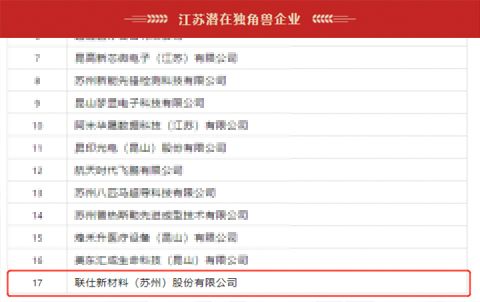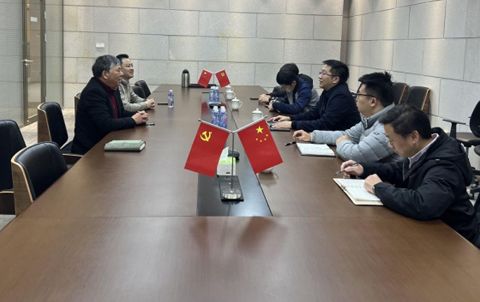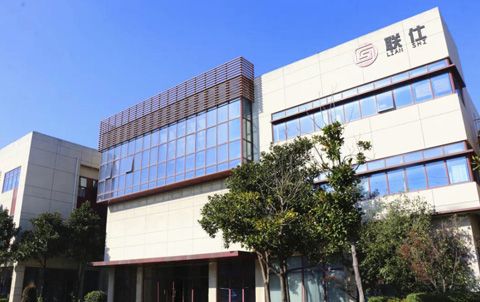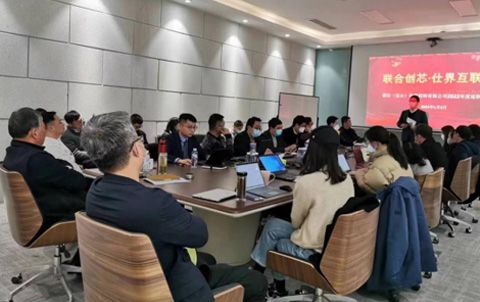Analysis of the status quo of the wet electronic chemicals industry, the growth rate of the Chinese market is much higher than the global growth rate
1. Overview of Wet Electronic Chemicals
Wet electronic chemicals, also known as ultra-clean and high-purity reagents or process chemicals, refer to chemical reagents whose main component purity is greater than 99.99%, and the number of impurity ions and particles meets strict requirements. It is one of the important wafer manufacturing materials, 2020 The market size accounts for 4%. Mainly use upstream sulfuric acid, hydrochloric acid, hydrofluoric acid, ammonia water, sodium hydroxide, potassium hydroxide, acetone, ethanol, isopropanol, etc. as raw materials, and produce high-purity products through pretreatment, filtration, purification and other processes.
Wet electronic chemicals can be mainly divided into general chemicals and functional chemicals according to their uses. Among them, general chemicals are mainly high-purity solvents, such as hydrogen peroxide, hydrofluoric acid, sulfuric acid, phosphoric acid, hydrochloric acid, nitric acid, etc.; functional chemicals refer to formulas that achieve special functions through compounding methods and meet special process requirements in manufacturing Class or compound chemicals, mainly including developing solution, stripping solution, cleaning solution, etching solution, etc.
After the 1960s, the electronic industry, nuclear industry, aerospace industry and other high-tech fields have developed rapidly, and products have higher and higher requirements for electronic materials. The development of wet electronic chemicals in China can be divided into three stages: the 1970s. The mid-2005 initial stage of development, the large-scale development stage from 2006 to 2009, and the large-scale rapid development stage after 2010.
Purification technology is the foundation of the industry, and the mixing process achieves the bottleneck of enterprise development. Corresponding to the classification of general chemicals and functional chemicals in wet electronic chemicals, the preparation of wet electronic chemicals has corresponding purification processes and compounding processes. The purification process is the core guarantee that the chemical products meet the relevant product standards, and the compounding process is to continue processing on the purified products to meet the specific needs of customers.
The core of the purification process is the purification technology and the analysis and detection technology for quality control, and the core of the compounding process is the compounding formula. The main processes involved in purification and compounding are basically physical reaction processes under precise control, and chemical reaction processes are less involved.
2. Global wet electronic chemicals market
According to data, the global wet electronic chemicals market size in 2019 was US$5.296 billion, of which semiconductors, flat panel displays and solar cells were the three major application markets for wet electronic chemicals. In 2020, due to the impact of the new crown pneumonia epidemic, the global wet electronic chemicals market size dropped slightly to US$5.084 billion.
The industry concentration is relatively high. From the perspective of supply, the global supply area is still dominated by the source areas of early industrial transfer, including Europe and the United States, Japan, South Korea and China, with a total market share of 98% in 2020. Major companies include BASF in Germany, Ashland Chemical in the United States, Arch Chemical in the United States, Kanto Chemical in Japan, Mitsubishi Chemical, Kyoto Chemical, Sumitomo Chemical, Wako Pure Chemical Industries, Xinlin Technology in Taiwan, and Dongyou Fine Chemicals in South Korea. The above companies have a global market share of more than 80%.
3. China's wet electronic chemicals market
At present, there are more than 40 wet electronic chemical manufacturers in China, and there are more than 30 enterprises whose products meet international standards and have a certain production scale. With the growth of the number of enterprises and the continuous expansion of the production scale of enterprises, the output of wet electronic chemicals in my country is also increasing. According to data, in 2020, the output of wet electronic chemicals in my country reached 546,800 tons, and the domestic demand was 828,700 tons.
With the continuous expansion of production scale, the scale of my country's wet electronic chemicals market continues to expand. By 2020, the scale of China's wet electronic chemicals market will exceed 10 billion yuan. Benefiting from the transfer of the global semiconductor and panel display manufacturing links, the growth rate of the Chinese market is much higher than the global growth rate. It is estimated that the market size of China's wet electronic chemicals will exceed 20 billion yuan in 2027.
Related report: "2021-2026 China Wet Electronic Chemical Industry Market Supply and Demand Pattern and Industry Prospect Report" issued by Huajing Industry Research Institute
The market concentration in mainland China is relatively low. There are more than 40 wet electronic chemicals production enterprises, and more than 30 large-scale enterprises. The output of each company is small. According to the sales scale, Jianghua Micro and Glinda's market share in 2019 was only 4.8% and 5.1%. Mainland enterprises are roughly divided into three categories. The first category is the professional wet electronic chemicals suppliers represented by Jianghuawei, Glinda and Jiangyin Runma. The main business is wet electronic chemicals, with a wide range of products. The interest rate is relatively high; the second category is electronic material platform enterprises represented by Jingrui Electric Materials and Feikai Materials, which mainly focus on pan-semiconductor business and have the advantage of customer introduction; the third category is Juhua Co., Ltd. and Binhua Co., Ltd. The large chemical companies represented by it have fewer varieties of wet electronic chemicals and a small proportion of revenue. They have industrial chain synergies with other businesses and have a relative advantage in raw materials.
4. Application fields of wet electronic chemicals in China
Wet electronic chemicals are between general industrial raw materials and special application chemical materials. As a necessary auxiliary material outside the conventional production line, commonly known as "industrial monosodium glutamate", it is used in the processing of flat panel displays, semiconductors and photovoltaic solar energy. According to the data, the demand for display panels in downstream China reached 241,300 tons (accounting for 29.1%), the demand for semiconductors and others was 195,400 tons (accounting for 23.6%), and the demand for solar cells was 392,000 tons (accounting for 47.3%). ).
Among them, in the field of semiconductor processing, the wet electronic chemicals in high demand are: sulfuric acid (32.8%), hydrogen peroxide (28.1%), ammonia (8.3%), developer (6.0%), hydrofluoric acid (5.9%). The first four types of wet electronic chemicals are mainly used for wet cleaning of wafers.
In the domestic solar cell processing field, the wet electronic chemicals in high demand are mainly: hydrofluoric acid (accounting for 31.39%), nitric acid (accounting for 21.17%), potassium hydroxide (accounting for 24.06%), hydrochloric acid (accounting for 11.04%) ). These four types of wet electronic chemicals are mainly used in the texturing and cleaning of crystalline silicon solar cells.
Wet electronic chemicals that are in great demand in the domestic LCD panel field are: phosphoric acid (41.3%), nitric acid (24.06%), polar solutions such as MEA (15.8%), and acetic acid (9.59%).
5. Relevant policies of China's wet electronic chemicals industry
In terms of national policies, a series of supporting policies have been promulgated since the new century, and the establishment of the National Integrated Circuit Industry Investment Fund also reflects development orientation in direct investment. In 2006, the "Outline of the National Medium- and Long-Term Science and Technology Development Plan (2006-2020)" proposed to focus on research and development of high-purity materials. Later, in 2013, the "Catalogue of Industrial Structure Adjustment (2011)" (revised in 2013) clearly defined ultra-clean materials. High-purity reagents are listed as encouraged development areas. At the same time, a series of policies such as the "Three-Year Action Plan for Quality Improvement of Raw Materials Industry (2018-2020)" have promoted the continuous development of the wet electronic chemicals industry and the corresponding industries such as downstream flat panel displays and semiconductors.
The Huajing Industry Research Institute has conducted a detailed analysis of the development status, market supply and demand of China's wet electronic chemicals industry, and has conducted an in-depth analysis of the upstream and downstream industry chains and corporate competition patterns of the industry, so as to minimize corporate investment risks and operating costs. , improve the competitiveness of enterprises; and use a variety of data analysis techniques to predict the development trend of the industry, so that enterprises can seize market opportunities in time; for more details, please pay attention to the "2021-2026 China" published by Huajing Industry Research Institute In-depth analysis of wet electronic chemicals market and investment strategy consulting report.








